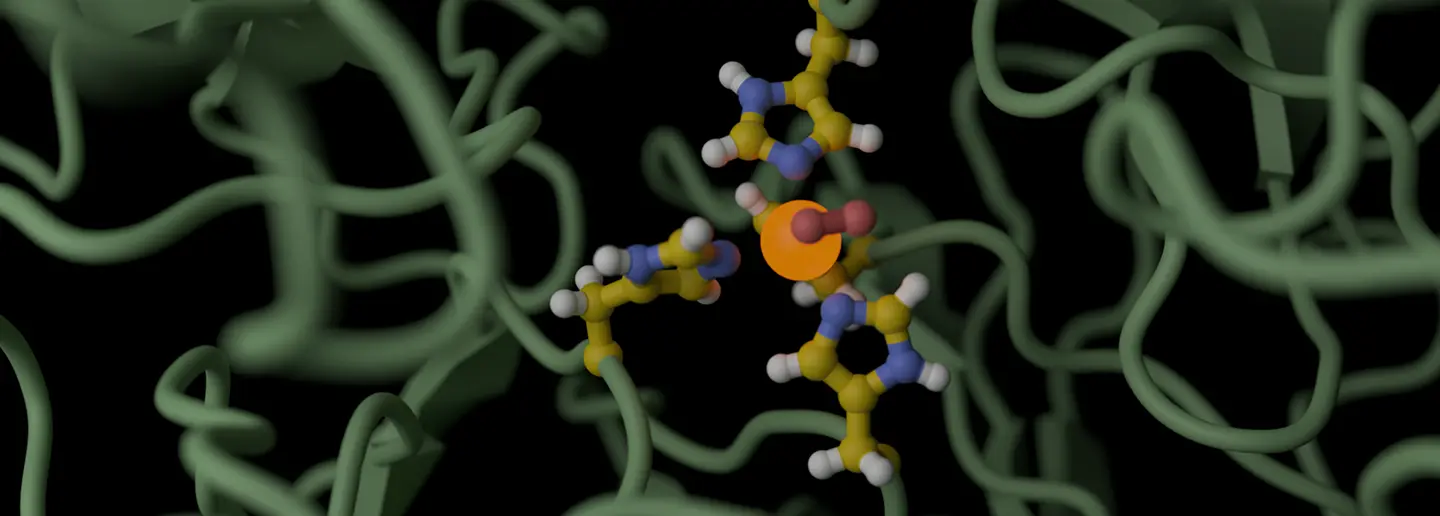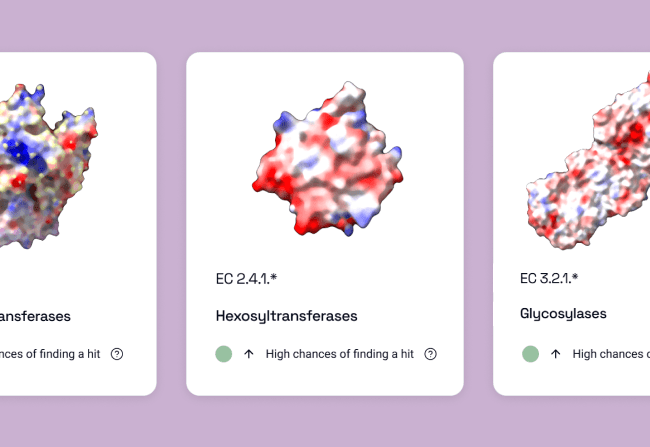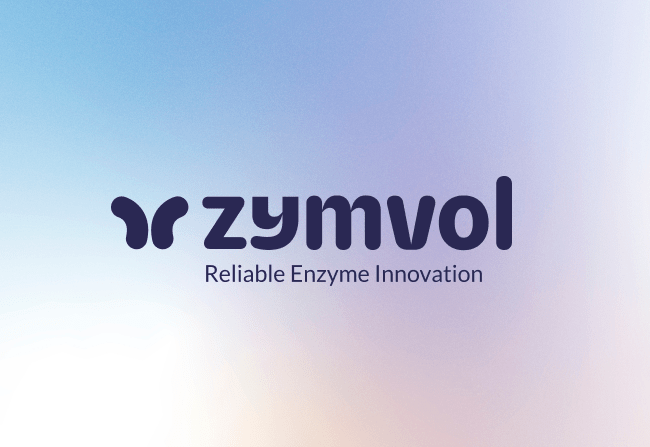May 19, 2021
Why is Green Chemistry important? Origins and Industry Impact
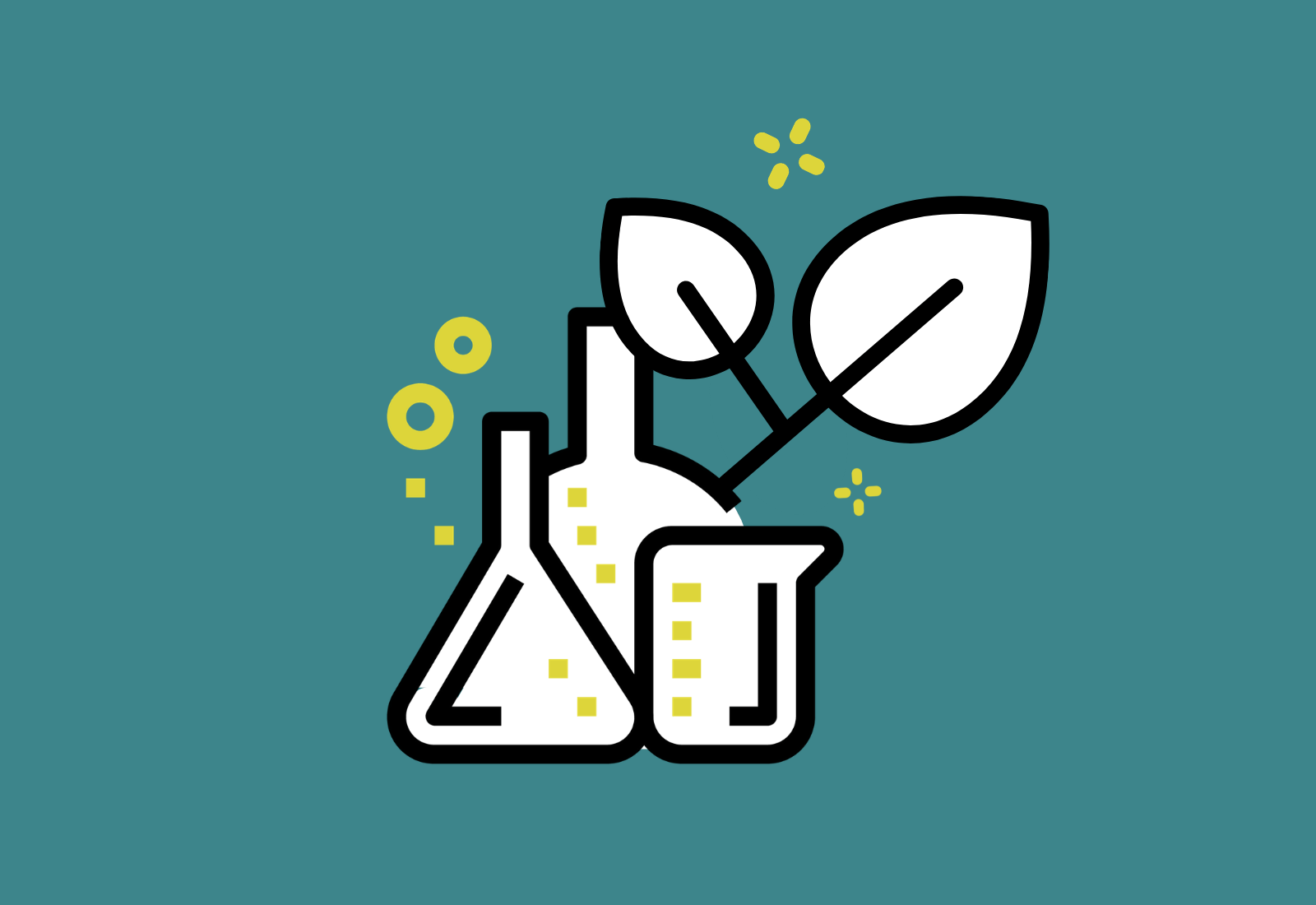
For the past few decades, the scientific community as well as society as a whole has raised its voice on the impact our actions have on the environment, pressing authorities and looking for solutions to address the problem. One of the main focuses has been set on Chemistry, as many “traditional” chemical processes are not sustainable in the long run, with devastating consequences for the environment and quality of life. In this context, there’s a term that has been slowly, but steadily, gaining traction: Green Chemistry As the International Union of Pure and Applied Chemistry (IUPAC) puts it, Green Chemistry (also known as Sustainable Chemistry) encompasses the “invention, design, and application of chemical products and processes to reduce or to eliminate the use and generation of hazardous substances”. But what does this all mean? Why is green chemistry important and how does it contribute to the world’s sustainable development? Let’s start by going back in history…
The Origins of Green Chemistry
According to the American Chemical Society (ACS), the term “Green Chemistry” was first coined by the US Environmental Protection Agency - Office of Pollution Prevention and Toxins around the 1990s. The idea of a greater consciousness regarding chemistry had been gaining power since the 60s and 70s, however, it was mostly focused on banning dangerous toxins like DDT and “cleaning up” the aftermath of certain chemical activities. It was not until the 80s and 90s that scientists started thinking differently about their way of doing chemistry, shifting the focus on how to prevent pollution before it even took place. Then, in 1998, two scientists named Paul Anastas and John C. Warner published what today is popularly known as the "Twelve Principles of Green Chemistry".
The Twelve Principles of Green Chemistry
First published in the book “Green Chemistry: Theory and Practice”, the Twelve Principles of Green Chemistry is a set of guidelines that other chemists can consult to work towards a more sustainable chemistry. The book marked a new era, by helping consolidate a movement that was destined to define how modern chemistry is made. The principles highlighted in Anastas and Warner’s book are:
- Waste Prevention
- Atom Economy
- Less Hazardous Chemical Syntheses
- Designing Safer Chemicals
- Safer Solvents and Auxiliaries
- Design for Energy Efficiency
- Use of Renewable Feedstocks
- Reduce Derivatives
- Catalysis
- Design for Degradation
- Real-time analysis for Pollution Prevention
- Safer Chemistry for Accident Prevention
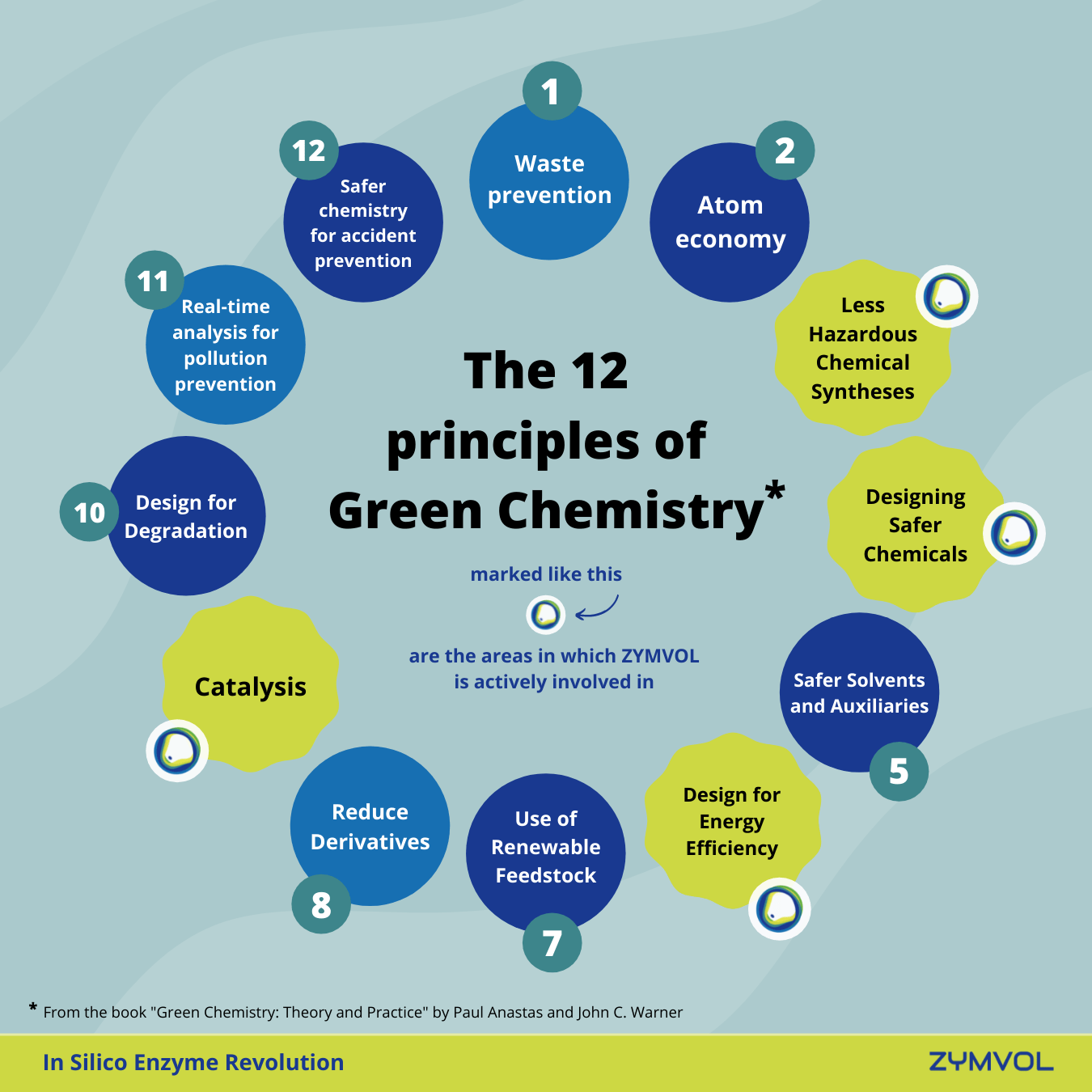
Green Chemistry in Industry
Now that sustainability is on everybody’s top-of-mind, Green Chemistry is more important than ever. Just think about the amount of industries that rely on chemistry and whose activity has a great impact on the environment: pharma, agriculture, colorants, materials, consumer products... to name a few. This in part is due to the clear increase in awareness about environmental pollution. Especially since the last decades, people are becoming aware that we, as humans, are stressing the planet’s finite resources, and acknowledging that our consumption and waste have to go somewhere. And the current COVID crisis has consolidated this feeling. Just to mention some facts, there is fair evidence about:
- Presence in the ocean of microplastics, that are entering the trophic chains
- Chemical compounds manufactured by humans have been found in Antarctica ice and/or inside wild animals
- Increase of average temperatures due to emission of gases such as CO2
If you watch the news, you might have noticed that some institutions are working non-stop to keep this issue present:
- World Economic Forum
- United Nations, with the Sustainable Goals and Paris Agreement
And special laws and regulations are being developed to promote more environmentally friendly, sustainable production processes and industries: REACH normative in European Union, ISO 14001, to name some of them. In parallel, consumers are concerned about the impact the products they buy have in the environment and in their own bodies. Multiple initiatives inviting consumers to choose more “consciously” are nowadays on the front line, and they are demanding products that are respectful in the whole production chain: from manufacturing to recyclability. Having said all this, perhaps you are not very sure yet about the difference between green chemistry and general chemistry. The best way to describe it is that Green Chemistry’s main goal is to achieve the same or equivalent chemical reactions with a decrease in environmental damage. And how is this accomplished? Some techniques that are used for this aim include:
- Catalysis: as mentioned in our first blog post, catalysis is the process of increasing a chemical reaction’s rate by the addition of an element denominated catalyst (like enzymes!), that is not consumed during the reaction and therefore can act repeatedly.
- Synthetic biology: by applying engineering principles, the goal is to redesign and create new biological systems with the aim of providing novel solutions. Examples of this could be the creation of lab-grown meat, synthetic insulin or biofuels produced by algae.
- Chemical synthesis: as the Nature journal definition says, chemical synthesis is “the process by which one or more chemical reactions are performed with the aim of converting a reactant or starting material into a product or multiple products”.
Why are industrial enzymes an example of Green Chemistry?
Maybe you are still wondering how green chemistry can help decrease pollution. Like we mentioned earlier, Green Chemistry focuses on sustainability by looking for ways of preventing pollution, hazardous activity and resource waste. That’s why the use of industrial enzymes is such a sought-after solution for many companies who want to shift to greener production processes. As biocatalysts, enzymes have a set of properties more beneficial than their non-enzymatic counterparts:
- They are highly selective and specific, which allows chemists to have more control over their desired results.
- They are effective under mild temperatures, which means significant energy savings.
- They do not generate toxic waste.
As you can see, enzymes are pretty powerful! The main problem is adapting these enzymes to an industrial setting, which usually means tweaking the structure of an already existing enzyme to give it new features and make it work under certain conditions.That’s why at Zymvol we work to expand the use of green chemistry by creating custom-made enzymes for different industries. With some time and effort, we can make the world become a little bit greener.
References:
American Chemical Society. Green Chemistry History. https://www.acs.org/content/acs/en/greenchemistry/what-is-green-chemistry/history-of-green-chemistry.html
CompoundChem (September 24, 2015). The Twelve Principles of Green Chemistry: What it is & Why it Matters. https://www.compoundchem.com/2015/09/24/green-chemistry/ Nature. Chemical Synthesis. https://www.nature.com/subjects/synthesis
European Environment Agency (March 25, 2021) Synthetic biology and the environment. https://www.eea.europa.eu/publications/synthetic-biology-and-the-environment
Aatresh, A.; Cumbers, J. (September 22, 2019) Can Synthetic Biology Make Insulin Faster, Better and Cheaper?.
Synbiobeta. https://synbiobeta.com/can-synthetic-biology-make-insulin-faster-better-and-cheaper/
Straathof, A.J.J.; Adlercreutz, P. (2000). Applied Biocatalysis (2nd Ed.). CRC Press.
You might be interested in
Start your Evolution
Create new products and processes, adapt existing ones or develop completely new biochemistry. Zymvol is here to guide you in any stage of your journey.
Go to solutions